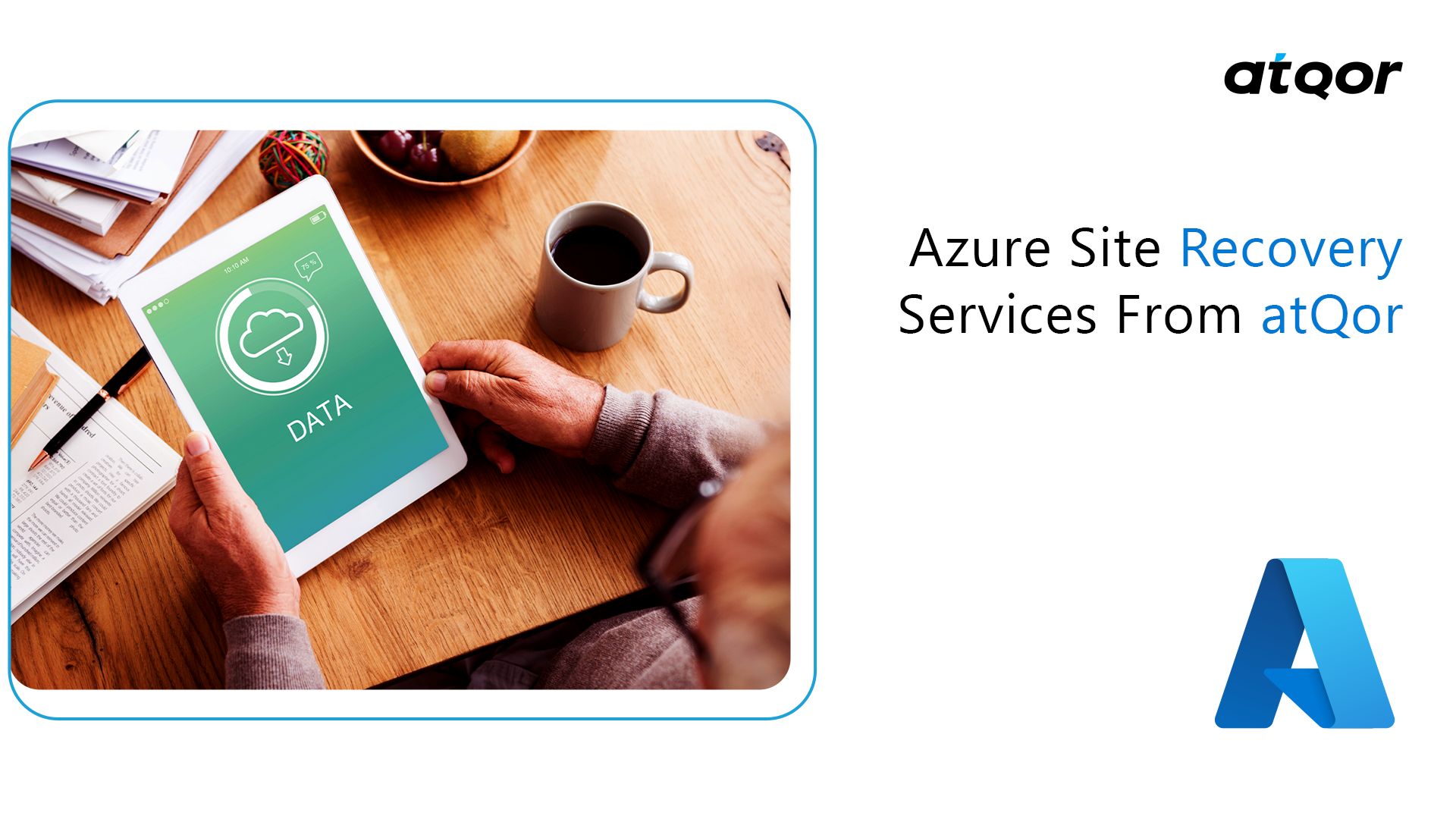March 22, 2019 | Digital Marketing, Azure

Since the inception of Cloud computing into the world of technology, recovery of data has become snappier than ever before. Recovery of data has gone one step ahead in the name of ‘Azure’.
Azure provides services that allow the users to create, organize and deploy the application on a huge network using the tools and techniques. It also renders a range of solutions like,
One of the most important services that Microsoft Azure provides is the Azure Site Consulting services. It lets the users enable failover for on-premises Hyper-Virtual machines. This Hyper-Virtual Machine manager allows the users to reproduce the content of the VMs from the data centers to Azure and thus coordinate and take control over the workload over a Cloud computing environment.
The Azure Recovery Services helps in recovering in two ways :
The Recovery service can maintain the backed up data safe for,
Features of Azure Site Recovery services :
The Azure Recovery Services carries a number of recovery – specific features that aids business running all the time.
The site recovery allows the business to build up, manage replication, failover, failback from the single Azure region in the portal.
The secured recovery services let a business transfer data from primary to secondary machines.
These machines ensure less complex maintenance of secondary data centers thus paving the way towards low-cost recovery solution.
The workload can be reproduced to any of the supported Azure VMs, on-premises Hyper-V and VMware VMs, and Windows/Linux physical servers.
When a failover occurs, Azure machines are established based on the replicated site data. Thus the resilience that they share allows the users to replicate without affecting application data. And the stored data is also highly resilient.
The Recovery Time Objectives and the Recovery Point Objectives are limited to organizational objectives. It takes just 30-second frequency to replicate the data
There are zero chances of failovers and the consistency of the data would be great throughout.
Disaster recovery drills can be conducted irrespective of the ongoing replication.
The plans can be customized according to the needs of the business. The group machines together in a recovery plan, and optionally add scripts and manual actions.
The Azure services provide the following integration with that of site recovery,
Thus, if a business has a recovery system like the Azure, there wouldn’t be any challenges during disaster time. And if at all a challenge occurs, Azure would be of great help while facing the challenges.
Happy ‘Azuring’!

